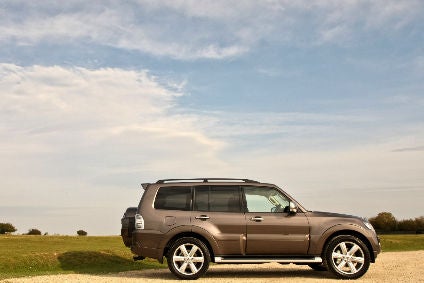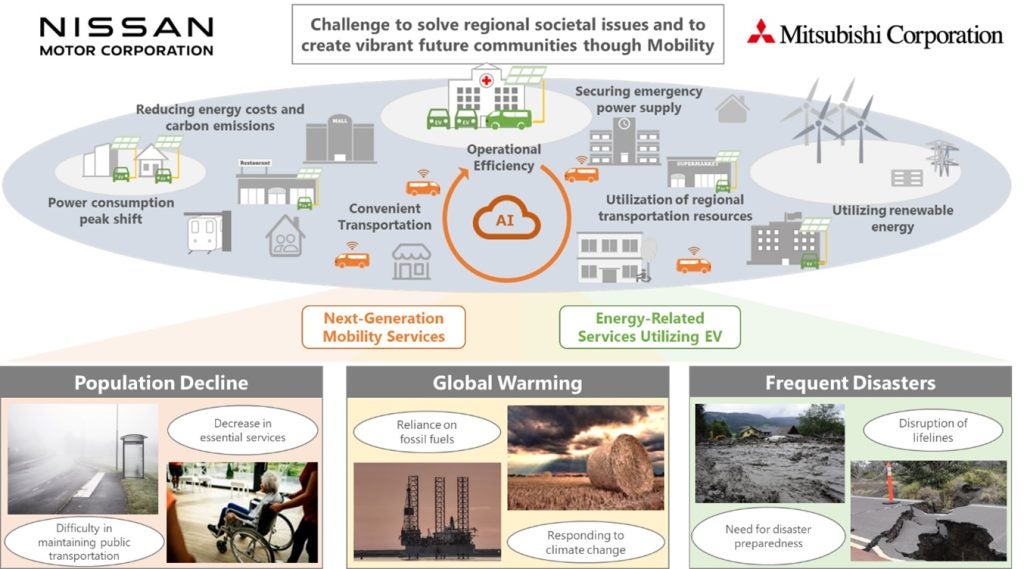
It might have been around for nearly 17 years but Mitsubishi‘s Pajero still sells relatively well, thanks to its superb 4×4 abilities and a reputation for being unbreakable.
This big 4×4, which is also known as the Shogun or Montero, has had continuous tweaks since it first went on sale in Japan way back in 1999. The latest adjustments sees the arrival of Apple Carplay, Android Auto and DAB+ digital radio. Manual transmission, however, has disappeared as part of model year 2016 changes. Mitsubishi says this is in response to customer preferences.
Smartphone Link Display Audio (SDA), which is what Mitsubishi calls the new infotainment system, eliminates the need for updates to the vehicle’s own mapping software as most of us now use our phone for in-car SatNav. With SDA, you can also access your apps, send and receive texts and choose music via the touchscreen or voice command.
Carplay worked perfectly in the press loan vehicle though its appearance tends to make the trip computer’s dot matrix above it look even more dated than it is. Still, a large chunk of the target audience won’t worry too much about that. Instead they’ll just be pleased that their kids or grandkids will approve of the new systems’ connectivity options.
In top-spec Exceed trim, the Pajero is still smart looking and even the interior measures up, despite it being a few years since it was last overhauled. You won’t find an electronic parking brake inside this car, nor are there paddles for the five-speed automatic transmission but the prominent location of the lever for diff locks demonstrates what this vehicle’s buyers care more about.
If you don’t want to use the third row of seats, these can be stowed under the boot floor and that’s easily and quickly done. The second row seating is the kind which is hinged to fold and rest against the backs of the front seats. Cargo capacity with the final row down is 1,081 litres and with the second row also out of the way, this increases to 1,789l.
How well do you really know your competitors?
Access the most comprehensive Company Profiles on the market, powered by GlobalData. Save hours of research. Gain competitive edge.

Thank you!
Your download email will arrive shortly
Not ready to buy yet? Download a free sample
We are confident about the unique quality of our Company Profiles. However, we want you to make the most beneficial decision for your business, so we offer a free sample that you can download by submitting the below form
By GlobalDataMitsubishi’s long lived 3.2-litre DiD (direct injection diesel) is the standard engine and this produces 147kW and 441Nm. Official average consumption is 9.0 litres/100km.
It might not have the air suspension of a Discovery but it certainly has competitive abilities in most conditions thanks to short overhangs and a more compact size (length is 4,900mm). Weight is also an advantage, with the Pajero having a gross combination mass of 2,335kg in Exceed model grade. Maximum payload is 775kg and towing capacity with trailer brakes is 3,000kg (750 without). Ground clearance unladen is 235mm and fording depth is 700mm.
This ladder-frame chassis vehicle has always been built at, fittingly, the Pajero Manufacturing Company plant in Japan, also known as Sakahogi. CKD assembly takes place at two other locations: Changsha in China, which is a JV with Guangzhou Auto, and Tiruvallur in India. The second of these is under licence, build taking place at Hindustan Motors’ plant near Chennai in Tamil Nadu. Mitsubishi vehicles have been made here since 1998.
Being tall, top-heavy and not too wide, the Pajero is never going to be in the same league for handling and roadholding as the likes of the BMW X5. But compared to the Toyota Land Cruiser Prado, it can certainly be considered as a serious alternative. Both these vehicles tend to be bought by people trading in an older example – each has a solid reputation for bulletproof durability and brand/model loyalty tends to be very strong. That fact alone explains why the big Mitsubishi still sells as well as it does the world over.
How Mitsubishi intends to replace its largest SUV continues to be the subject of much speculation. Various successors have been proposed over the years but still the current model remains. The latest inside word is that a new model is back in development but we won’t be seeing it this side of 2020.




